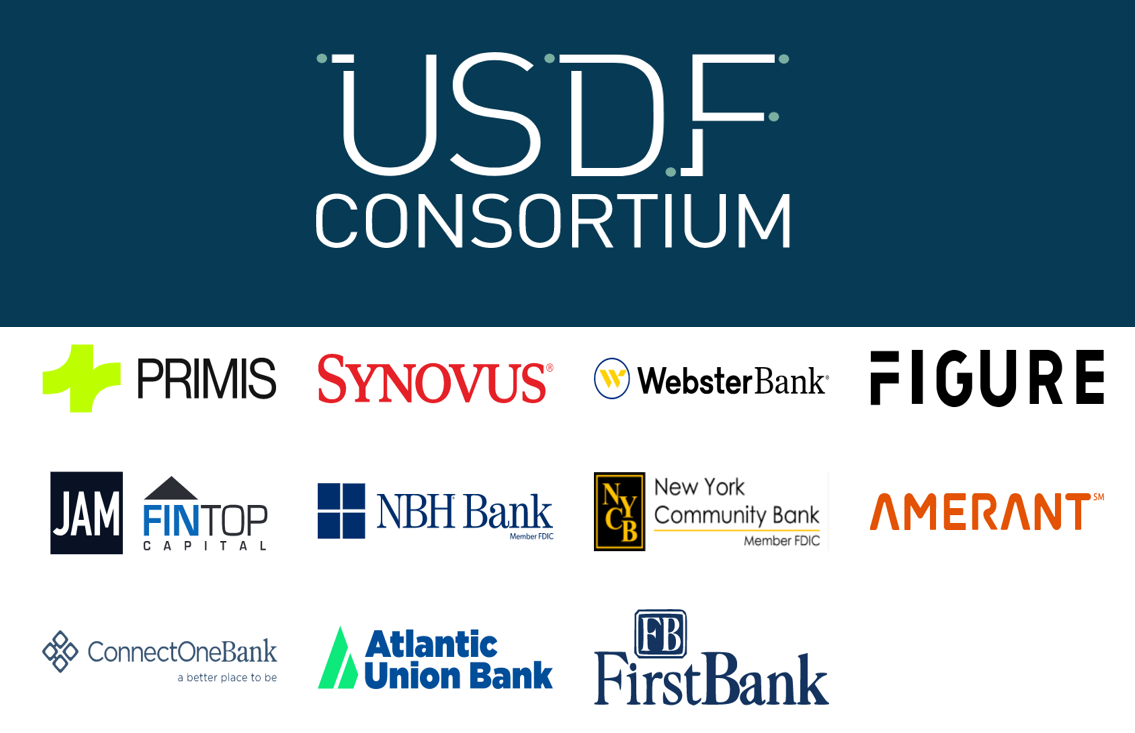
The USDF Consortium, a group of US banks who support a blockchain-based interbank tokenized deposits system, addressed the Subcommittee on Digital Assets, Financial Technology and Inclusion at a March 9 hearing un-ironically entitled ‘Coincidence or Coordinated? The Administration’s Attack on the Digital Asset Ecosystem’.
In its statement for the record, the group noted the timely nature of the topic:
“distributed ledger technology holds tremendous promise to improve financial services, offering more efficient products and services that can help promote financial inclusion, drive economic growth, and support the role of the U.S. Dollar as the global reserve currency.”
However, due to being “imprecisely conflated” with cryptocurrency, banks wishing to use blockchain technology must receive formal regulatory approval, which does not apply when using other technologies. This, argued the group, was akin to directly regulating the internet, rather than regulating the individual industries using it to provide services.
Instead it suggested that current bank regulation was flexible enough to cover any risks in transferring existing banking functionality to blockchain-based systems, while realizing the technology’s multitude of benefits, such as increased efficiency, faster, cheaper and programmable payments, and a shared ledger.
A key thing to note about the plans for USDF is that although blockchain-based, it is designed to support the existing bank deposits system. Indeed last week’s statement to the House Subcommittee stresses the dangers of a ‘retail CBDC’ to the status quo of fractional reserve banking. This ability to create around $10 of credit for each $1 of cash deposited is crucial to the smooth functioning of the banking system and availability of easy credit, argue the consortium.
It is also the reason that institutions so readily fail if subjected to a bank run, and in the wake of the past week’s banking turmoil in the US, the topic of last week’s hearing has found itself even more timely. Whether coincidence or coordinated, the administration’s attack on digital assets seems more than a little disingenuous when considering that arguably, cryptocurrency had little to do with the recent bank failures.
Despite both Silvergate and Signature being under pressure following the FTX collapse, it was the standard blockchain-unrelated practice of fractional reserve banking that saw them get into trouble once bank runs started. Furthermore it wasn’t exposure to digital assets and crypto-currency that struck the final blows, but the need to panic sell government bonds with falling values, due to rising central bank interest rates.
While aiming to dissuade the US regulators heavy-handed knee-jerk reaction to blockchain technology is a noble cause, if banks don’t use the technology to innovate and improve rather than just shore up the existing broken system then they will likely find themselves in the same position further down the road.
As always, we continue to Observe with interest.
